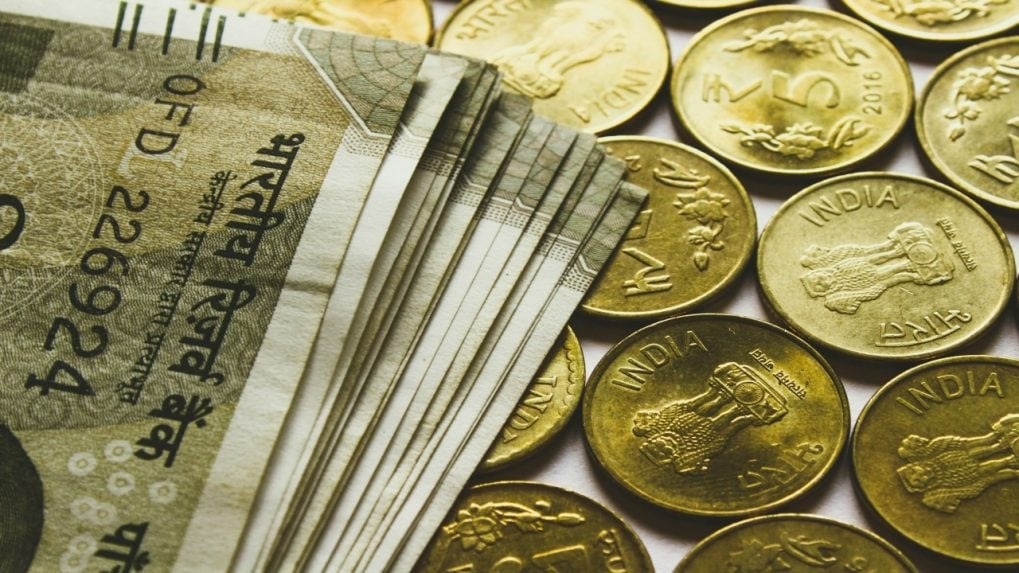
Follow WOWNEWS 24x7 on:
Updated: June 28, 2025 14:56

As geopolitical tensions escalate in the Middle East, the Strait of Hormuz—a vital artery for global oil and gas trade—is once again in the spotlight. Following U.S. airstrikes on Iranian nuclear facilities, Iran has threatened to close the strait, triggering fears of a global energy shock. With nearly 20 percent of the world’s oil and liquefied natural gas passing through this narrow waterway, the implications for oil prices and energy security are profound. For India, which sources over a third of its crude and nearly half of its LNG through this route, the stakes are especially high.
Here’s a detailed look at the unfolding situation and what it could mean for India’s economy and energy strategy.
Key Signals From The Market
- Brent crude prices surged past 81 dollars per barrel, with analysts warning of a potential spike to 90 dollars or more if the strait is closed
- The Indian government is reportedly preparing contingency plans to ensure uninterrupted oil supply
- Shares of Indian oil marketing companies like IOC, BPCL, and HPCL rallied on expectations of strategic stockpiling and pricing flexibility
- LNG spot prices in Asia rose by 11 percent week-on-week, reflecting growing supply concerns
India’s Exposure To The Strait
India’s energy security is closely tied to the Strait of Hormuz:
- Around 35 to 40 percent of India’s crude oil imports pass through the strait, primarily from Iraq, Saudi Arabia, Kuwait, and the UAE
- Nearly 42 percent of India’s LNG imports, mostly from Qatar, are routed via Hormuz
- In May 2025 alone, India imported over 2 million barrels per day of crude through this corridor
While India has diversified its energy sources in recent years—boosting imports from Russia, the U.S., and Africa—its dependence on Middle Eastern oil remains significant.
Potential Economic Fallout
A prolonged disruption in the Strait of Hormuz could ripple across India’s macroeconomic landscape:
- A 10 dollar per barrel increase in crude prices could raise India’s net oil import bill by 13 to 14 billion dollars annually
- The current account deficit could widen by 0.3 percent of GDP, potentially reaching 1.5 to 1.6 percent in FY26
- Every 10 percent rise in crude prices may push wholesale inflation up by 80 to 100 basis points and consumer inflation by 20 to 30 basis points
- The rupee could come under pressure, especially if capital outflows intensify amid global risk aversion
How India Is Responding
India is not sitting idle. Policymakers and energy firms are already taking steps to mitigate the fallout:
- The Ministry of Petroleum has indicated it will exercise full flexibility in sourcing and pricing to avoid supply disruptions
- Strategic reserves, which can cover up to 74 days of imports, may be tapped if needed
- Saudi Arabia’s Petroline–Yanbu corridor offers an alternate route for some crude volumes, bypassing Hormuz
- Indian refiners like Reliance and Nayara are leveraging their ability to process discounted Russian grades and reroute exports
What To Watch Next
- Iran’s next move, especially regarding the actual closure of the strait
- Diplomatic efforts by the U.S., EU, and Gulf nations to de-escalate tensions
- Volatility in global shipping and insurance costs, which could affect freight rates
- India’s fiscal response, including potential fuel subsidies or tax adjustments
While a full closure of the Strait of Hormuz remains a worst-case scenario, the current crisis has reignited concerns about chokepoint vulnerabilities in global energy trade. For India, the episode underscores the urgency of diversifying energy sources, expanding strategic reserves, and accelerating the transition to renewables.
Sources: Moneycontrol, Business Standard, BusinessWorld, Economic Times EnergyWorld, Zero Carbon Analytics, MSN India




